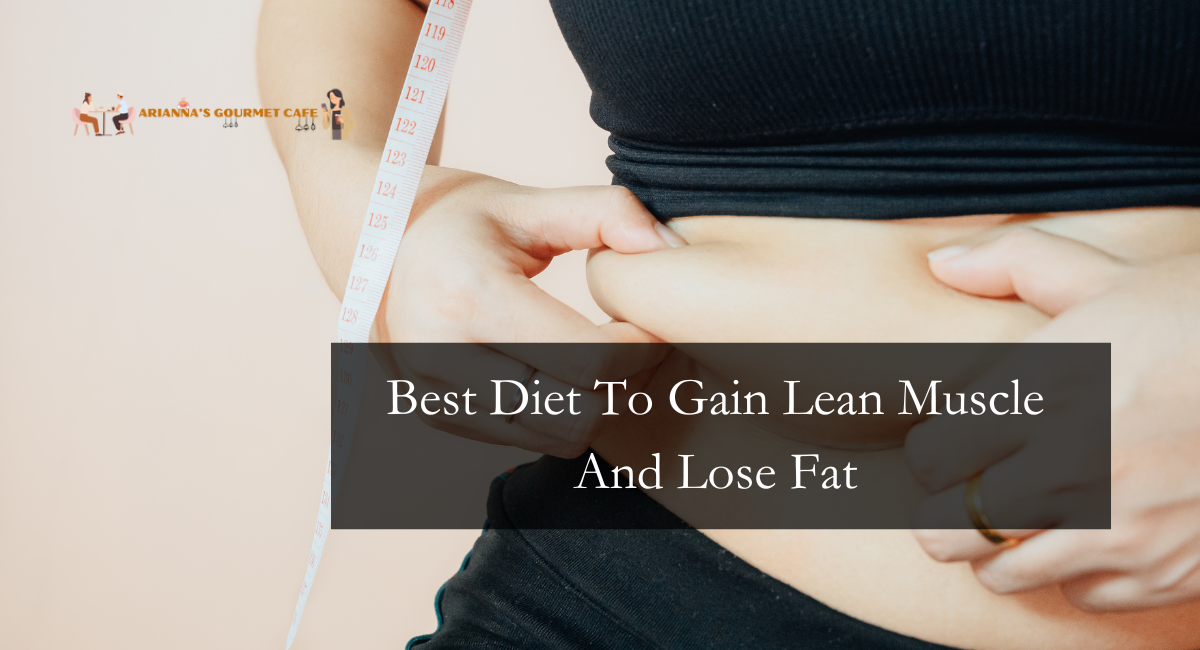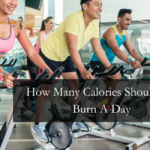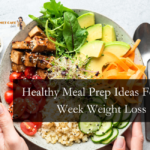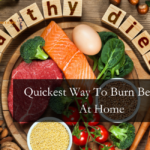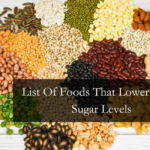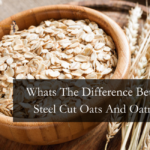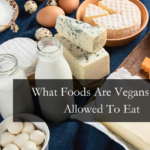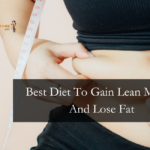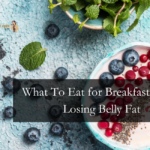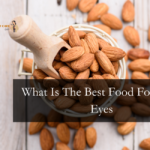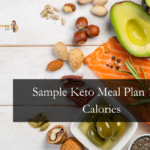In today’s fitness-conscious world, achieving that ideal balance between gaining lean muscle and shedding excess fat is a top priority for many. In addition to regular gym attendance and an active lifestyle, your diet plays a crucial role in determining your success. This article, will explain best diet to gain lean muscle and lose fat.
Best Diet To Gain Lean Muscle And Lose Fat
1. Whey Protein
It is believed that whey protein protects and preserves muscle mass in the body during weight loss. That is a Quite Impressive Quality of this Food. Smoothies and Other Nutritional Drinks Can Easily Include Whey Protein. In addition to keeping you full, it promotes fat burning.
2. Brown Rice
In addition to containing some protein, brown rice is also a useful source of carbohydrates. Considered nearly as effective as whey for muscle growth, brown rice is gluten-free and contains vitamins and minerals essential for providing energy when needed.
3. Nuts
Nuts are high in calories but contain phosphorus, which helps the body build protein and utilize carbohydrates for energy. Magnesium is also found in nuts. It controls muscle function and protein synthesis.
To develop muscle and decrease fat, you must consume a variety of proteins, vegetables, fruits, carbohydrates, and healthy fats. Protein consumption aids in muscle development and maintenance. Protein has a higher thermic impact than carbohydrates and fats, assisting in fat loss.
Eating fats also helps you lose weight: Without fats, your body stores fat. Fruits and veggies have the minerals and vitamins you need to get back to normal after working out. Carbohydrates give your muscles the fuel they need to keep going at the gym.
4. Whole Eggs
The egg is a cheap and abundant source of protein, with 7g per egg. The egg yolk contains the most nutrients, including half the protein, vitamins A-D-E, and cholesterol, to increase testosterone levels naturally.Don’t fret about egg cholesterol. Blood cholesterol is not linked to dietary cholesterol. Reduce your body fat rather than discarding the egg yolk if you have high LDL cholesterol.
5. Fish Oil
Reduces inflammation (joints/skin) and increases testosterone levels, decreasing body obesity. You need 9,000 mg of EPA/DHA daily. Consider taking a fish oil supplement because you will likely have difficulty obtaining this from consuming fatty fish.
6. Salmon
The 100g serving of one of the finest sources of omega-3 fatty acids also contains 20g of protein. However, farm-raised salmon is deficient in omega-3s because it is fed maize and
grains. Choose wild salmon.
7. Berries
Powerful antioxidants that protect against cancer, heart disease, and eye disease. Cranberries, raspberries, strawberries, blueberries, and other types of berries can be used. Mix oatmeal with fresh or frozen fruit.
8. Yogurt
Contain beneficial flora for gastrointestinal health. Do not purchase chilled yogurt or yogurt containing added sugar and fruit on the bottom. Get low-fat basic yogurt. It goes well with berries and flax seeds.
9. Flax Seeds
Provides fiber, protein, and omega-3. For maximum benefit, grind the flax seeds. Take 1 tablespoon of yogurt and berries before bed. Avoid flax oil, as it is unstable and devoid of fiber.
10. Olive Oil Extra Virgin
70% of the lipids are heart- and cancer-protective monounsaturated fats. Add 1-2 tablespoons of olive oil to salads. Extra Virgin Olive Oil contains more polyphenols and has a superior flavor.
11. Red Meat
Grass-fed beef contains protein, vitamin B12, heme iron, zinc, creatine, carnosine, and omega-3 fatty acids. Consume steaks and hamburgers made with top round or sirloin
12. Broccoli
High in phytochemicals that combat cancer and anti-estrogenic indoles. Broccoli helps you lose fat because it has a lot of soluble fiber and is low in calories. Consume alternative cruciferous vegetables, such as cabbage, bok choy, cauliflower, and kale.
Spinach: One of the alkaline foodstuffs. Due to its high nutrient content, spinach prevents bone and muscle loss, cancer, and cardiac disease. Try one of the spinach recipes I previously shared.
13. Turkey
If you don’t think saturated fat is good for you, try white turkey. The leanest beef has about 4.5g of saturated fat per 100g, while white chicken has almost none, which is why it’s so dry. Spinach and rice were served with the turkey.
14. Quinoa
South America’s “king of grains” Quinoa has a better taste and more grain and protein than rice or oats. It is also gluten-free. The grain that is whiter is better. Eat it with meat and spinach after a workout.
15. Oats
Reduce cholesterol, supply low-GI carbohydrates for energy, and are rich in soluble fiber. Try this post-workout whey and oats smoothie.
16. Tomatoes
Lycopene-rich, which prevents cancer. Lycopene is four times more bioavailable in tomato paste than in raw tomatoes. Following a strength training session, consume pizza or linguine with tomato sauce and olive oil.
17. Oranges
Vitamin C to combat disease, magnesium to reduce blood pressure, beta-carotene antioxidants, etc. Stop consuming processed orange juice, which frequently contains added carbohydrates. Consume citrus or prepare orange juice on your own.
18. Apples
Apple pectin aids weight reduction by increasing satiety. Apples are second only to cranberries’ antioxidant strength (eat the shells). Apples are, unfortunately, one of the most pesticide-contaminated fruits. Use organic products.
19. Vegetable carrots
Their exceptionally high vitamin A content enhances eye health, particularly night vision. Carrots are also high in fiber, low in calories, and delicious uncooked.
20. Green Tea
Strong antioxidant and diuretic properties. Additionally, green tea accelerates fat loss, prevents cancer, and enhances blood sugar and circulation. Instead of caffeine in the morning, consume authentic green tea, not teabags.
Ways to To Gain Lean Muscle And Lose Fat
Food Timing
- Consuming several modest, well-balanced meals throughout the day can help control hunger and ensure a steady supply of nutrients.
- Pre-workout meals should contain a suitable astrology of carbohydrates and protein for vitality and muscle support.
- Post-exercise meals should contain protein and carbohydrates to assist in recovery.
Resistance Training
Muscle growth requires resistance training, particularly compound exercises (e.g., squats, deadlifts, bench presses).
Gradually increase your workout’s intensity and volume to challenge your muscles continually.
Cardiovascular Workouts
- Cardio can help burn excess calories and support fat loss.
- A few times per week, include moderate-intensity cardio, but use it sparingly, as excessive cardio can inhibit muscle growth.
Monitoring And Adapting
- You can monitor your caloric intake and macronutrient ratios using a food journal or monitoring apps.
- Assess your progress frequently and modify your diet and exercise regimen accordingly. Generally, minor, incremental adjustments are more durable.
Recuperation And Rest
- Rest allows muscles to repair and develop. Prioritize adequate sleep and allow time between workouts for muscle recovery. Overtraining can result in fatigue and impede progress.
Supplements
- While not a replacement for a balanced diet, supplements including protein powder, creatine, and BCAAs can supplement your nutrition, mainly if it is challenging to meet your dietary objectives solely through food.
Consistency
- Consistency is the key to achievement. Long-term adherence to your diet and exercise routine will yield significant results.
- Recognize that progress is not always linear and that plateaus and setbacks may occur.
Thanks for reading
